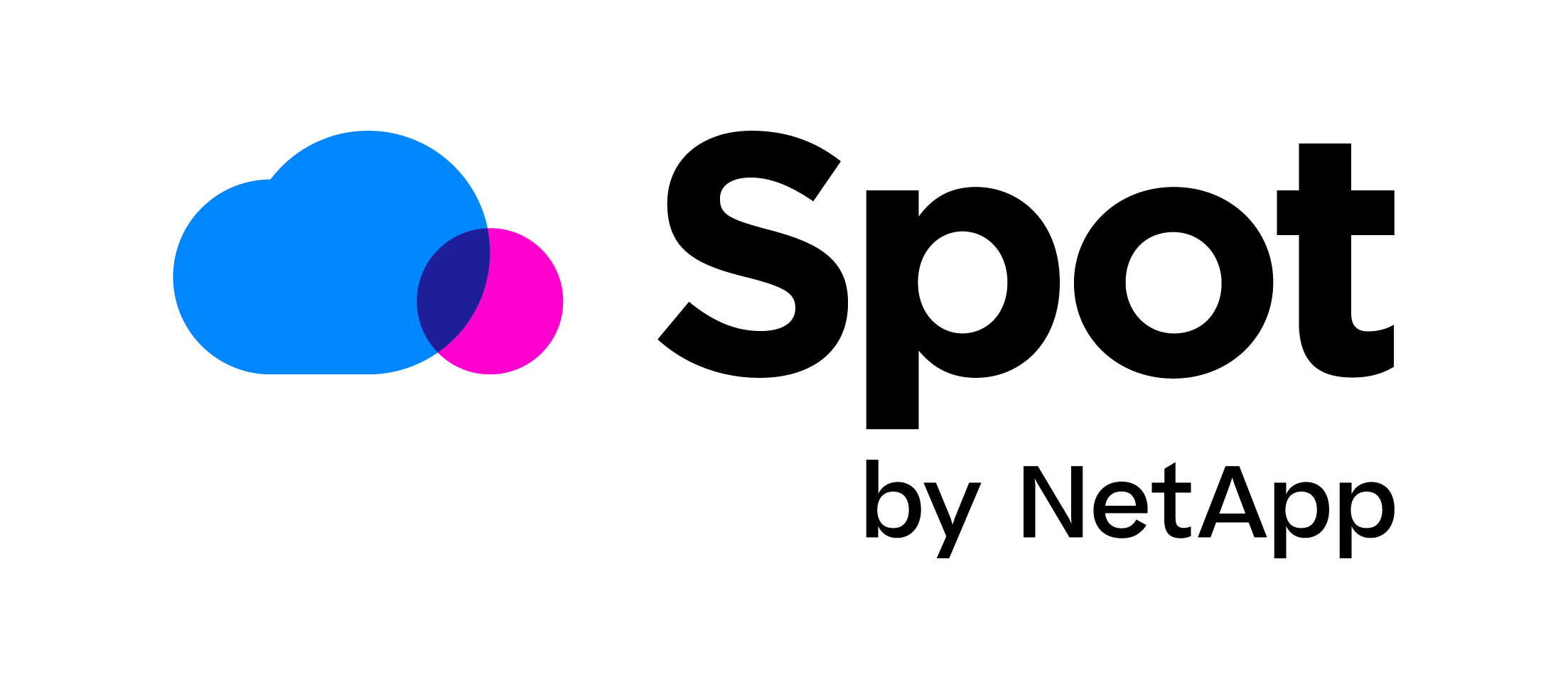We use technologies like cookies to store and/or access device information. We do this to improve browsing experience and to show (non-) personalized ads. Consenting to these technologies will allow us to process data such as browsing behavior or unique IDs on this site. Not consenting or withdrawing consent, may adversely affect certain features and functions.
The technical storage or access is strictly necessary for the legitimate purpose of enabling the use of a specific service explicitly requested by the subscriber or user, or for the sole purpose of carrying out the transmission of a communication over an electronic communications network.
The technical storage or access is necessary for the legitimate purpose of storing preferences that are not requested by the subscriber or user.
The technical storage or access that is used exclusively for statistical purposes.
The technical storage or access that is used exclusively for anonymous statistical purposes. Without a subpoena, voluntary compliance on the part of your Internet Service Provider, or additional records from a third party, information stored or retrieved for this purpose alone cannot usually be used to identify you.
The technical storage or access is required to create user profiles to send advertising, or to track the user on a website or across several websites for similar marketing purposes.
Cloud Financial Management (FinOps)Reduce and govern cloud spend without sacrificing flexibility
Autoscaling applicationsAutomate infrastructure for scale-out applications
Amazon Web ServicesCloud optimization for AWS
Big dataAutonomous cloud infrastructure for big data applications
Container infrastructureDeliver hands-free infrastructure for cloud-native workloads
Microsoft AzureCloud optimization for Azure
Reserved commitment managementOptimize strategy and lifecycle for cloud commitment purchases
Cloud services for MSPsDelivered differentiated cloud management services
Google CloudCloud optimization for Google Cloud
Resource CenterThe spot for more information about our products and solutions
DocumentationA central hub for information on using our products
NewsUpdates on our company, products and features
Service StatusA summary of current system status
What Is CloudOps?Unlock the true value of the cloud
How to Operationalize FinOpsBuild a highly efficient FinOps practice

